Vision Processing, Therapy from Christine Winter-Rundell
$109.00 $32.00
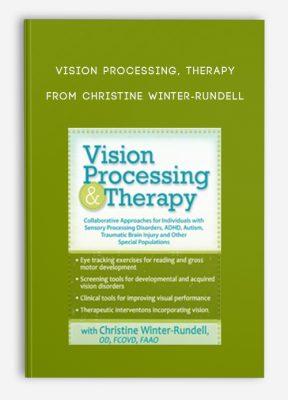
Vision Processing, Therapy Collaborative Approaches for Individuals with Sensory Processing Disorders, ADHD, Autism, Traumatic Brain Injury, Other Special Populations from Christine Winter-Rundell
Faculty:Christine Winter-Rundell
Duration:Full Day | Format:Audio and Video
Archive : Vision Processing, Therapy from Christine Winter-Rundell
Get Vision Processing, Therapy from Christine Winter-Rundell on Salaedu.com
Description:
- Eye tracking exercises for reading and gross motor development
- Screening tools for developmental and acquired vision disorders
- Clinical tools for improving visual performance
- Therapeutic interventions incorporating vision
In this seminar you will learn how to recognize and understand the specifics of how vision processing relates to disorders you treat in clinical practice daily, such as: sensory processing disorders, autism, ADHD, and traumatic brain injury.
You will learn:
- the steps necessary to adequately screen for potential vision deficits
- to identify various visual disorders
- to educate your patients and their parents on how vision can impact learning, behavior and function
- to collaborate on effective treatments and therapeutic visual interventions direct treatment strategies and home programming ideas
Explore and experience the various methods used for enhancing and strengthening abnormal visual skills. Learn new methods for effectively screening for common visual disorders and walk away with the clinical tools to help you expand your scope of knowledge and improve patient outcomes.
OUTLINE
Traditional vs. Developmental Model of Vision
- Vision is a dynamic process
Visual System Break Down
- Ocular health and refractive conditions
- Functional and perceptual skills
Visual Efficiency Skills
- Neurodevelopment of eye movements, accommodation and binocularity
- Amblyopia, strabismus and early intervention
Visual Processing
- Vision problems as neurodevelopmental disorders
- Vision problems as sensory processing disorders
- Visual perceptual testing: Standardized and observational
Treatment: A Multi-Disciplinary Approach
- Setting the foundation for good visual development
- The importance of vestibular and motor activities
- Collaboration between therapeutic interventions and/or learning strategies
- Optometric application of lenses and prisms
Neuroplasticity of the Visual System
- Early intervention
- Is there an age that is too late for intervention?
- Sue Barry, Fixing My Gaze and vision therapy
- Jillian’s story
- Brain injury and concussion
Vision, Learning and Behavior
- Signs and symptoms of undiagnosed or untreated vision problems
- Red flags for autism spectrum disorder
- Vision problems versus behavior problems
Screening Procedures and Hands-on Demonstration
- PLRG the penlight red/green
- Standardized convergence insufficiency screening
- Visual tracking, head movement and the midline plane
- InfantSEE and locating a developmental optometrist near you
Therapeutic Activities and Hands-on Demonstration
- Visual-vestibular integration activities
- Eye tracking exercises for gross motor development and reading skills
- Eye teaming and the importance of convergence
- Visual perceptual enhancing games
- Bilateral integration activities
OBJECTIVES
- Differentiate between the traditional and developmental models of vision.
- Identify the various systems of vision and how they impact learning.
- Explain the visual complications of neurologic conditions.
- Discuss the role of vision in early intervention.
- Describe how to screen for vision disorders.
- Collaborate on therapeutic interventions for vision problems.
- Summarize direct treatment strategies and home programming ideas.
Get Vision Processing, Therapy from Christine Winter-Rundell on Salaedu.com
1 review for Vision Processing, Therapy from Christine Winter-Rundell
Add a review Cancel reply
Related products
HEALTH - FITNESS - LIFESTYLE - MEDICAL
HEALTH - FITNESS - LIFESTYLE - MEDICAL
Fast Confidence [How To Be More Confident │Confidence Building] from Sharon Melnick, Ph.D.
HEALTH - FITNESS - LIFESTYLE - MEDICAL
HEALTH - FITNESS - LIFESTYLE - MEDICAL
HEALTH - FITNESS - LIFESTYLE - MEDICAL
Somatic Interventions for Treating Complex Trauma with Janina Fisher, Ph.D. from Janina Fisher
HEALTH - FITNESS - LIFESTYLE - MEDICAL
Fitness Mentors – Audio Lectures, Practice Tests and Study Guide for the NASM CPT Ex
HEALTH - FITNESS - LIFESTYLE - MEDICAL

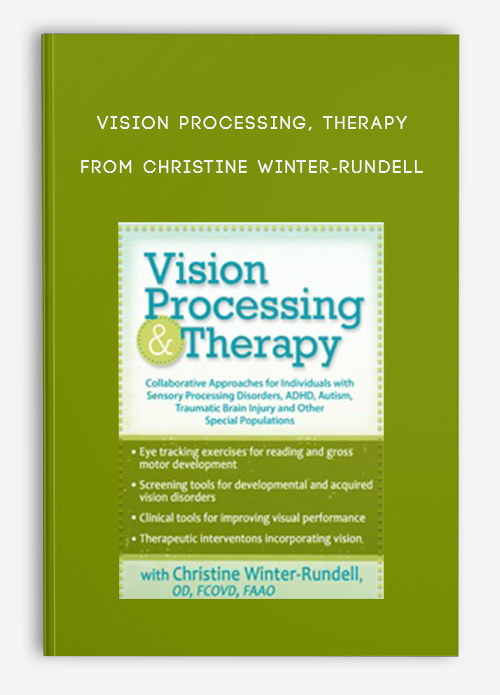

![Fast Confidence [How To Be More Confident │Confidence Building] from Sharon Melnick, Ph.D.](https://tradersoffer.forex/wp-content/uploads/2017/05/Sharon-Melnick-Ph.D.-Fast-Confidence-How-To-Be-More-Confident-│Confidence-Building-220x261.png)



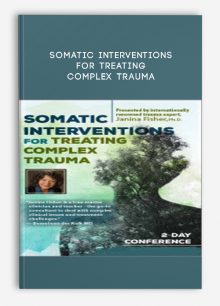
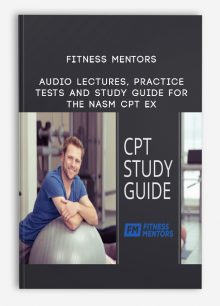
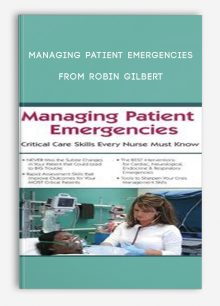
king –
“Excellent course! I learned so much and I am so excited to carryover what I have learned into my practice! “